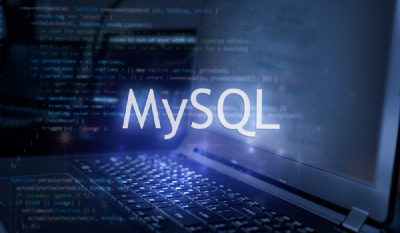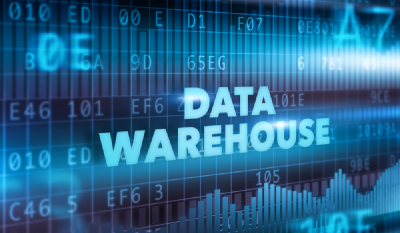Microsoft’s SQL Server 2019 has introduced a new tool known as SQL Discovery and Classification. The new tool is built on the SQL Server Management Studio (SSMS); the software allows the users to discover, categorize, name, and report various types of sensitive data for their databases. The classification engine scans the database and identifies various columns containing potentially sensitive data.
The users can review and apply various classification recommendations. It even provides the users’ ways to classify the column manually, either using the SSMS GUI, or by the SQL statement ADD SENSITIVITY CLASSIFICATION. The new classification state is added to different types of audit logs and assists in monitoring access to sensitive data for various purposes both for compliance and auditing purposes. The common security tools perform the process outside the database. The new tool will be empowering DBAs to perform their duties better such as designing databases, managing the database as a technology, and monitoring database usage and performance.
Data Discovery and Classification introduces the following new set of advanced services wherein it forms a new SQL Information Protection paradigm, which is being developed to protect the data and not just a database. They are:
1. Labeling- Classifies the data based on labels that can persistently be used to tag columns.
2. Visibility- An improved database classification state that can provide a detailed report, which can be used for printing/reporting. The users can use it even for compliance and auditing purposes and for other needs too.
3. Recommendation and discovery- The classification engine scans the database and identifies columns containing sensitive data. It eases the process of review and gives appropriate classification recommendations, apart from classifying the columns manually for the users.
Database management is a challenge for organizations because the ever-increasing database and demanding environment of users are creating a whirlwind. Being able to pinpoint the most sensitive data for the users reduces the need for sidestepping and bringing in other tools for data management.














